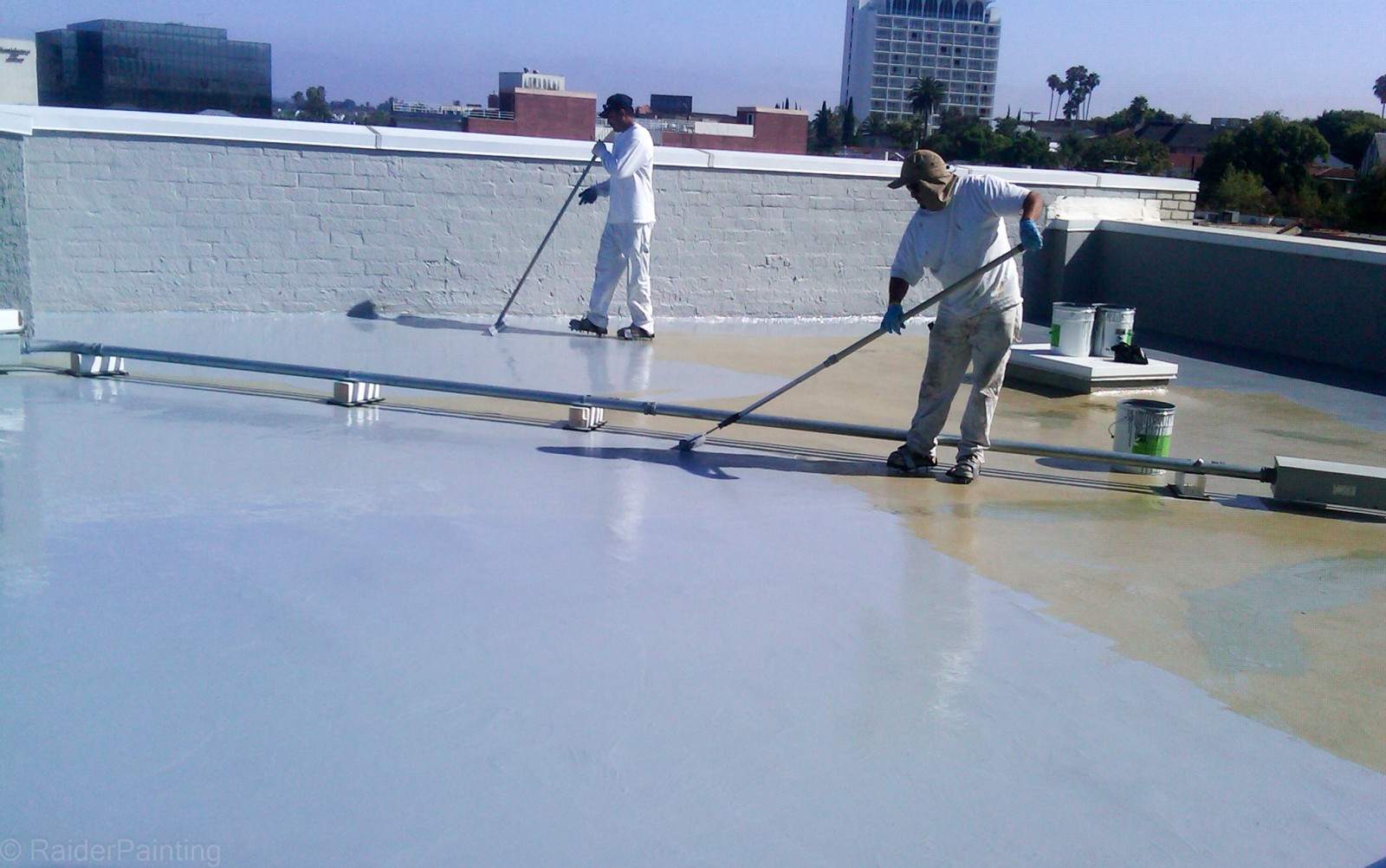The Ultimate Guide to Sealing Your House

Water proofing is a crucial aspect of home maintenance that often gets ignored until it’s too late to act. Many house owners assume that as long as their roofs are intact and their basements are dry, they are secure from water damage. However, the truth is that water can seep into the least expected spots, leading to expensive repairs and health hazards stemming from mold and mildew. Understanding the importance of waterproofing for every home and building is essential for safeguarding your investment and ensuring a secure place for your loved ones.
In this ultimate guide to waterproofing, we will examine all the details you require to protect your property from water damage. From the signs that show your home may need waterproofing to the different methods available, we will offer insights into how waterproofing can save you a lot in repairs. Whether you’re thinking about DIY options or looking to hire professionals, this comprehensive resource will help you choose the best course of action and dispel common myths about waterproofing. Participate as we dive into the world of waterproofing and learn how to maintain your home safe, moisture-free, and mold-free.
The Importance of Sealing Against Water
Waterproofing is a critical aspect of home maintenance that often gets neglected. It serves as a protective strategy against various forms of water damage, which can cause significant structural problems and expensive repairs. When water enters a property, it can erode foundations, damage walls, and encourage the growth of mold and mildew. By installing waterproofing solutions, homeowners can defend their properties from these dangers and ensure a healthy living environment.
One of the primary reasons waterproofing is essential is its role in protecting property value. A home that is void of water damage is more appealing to potential buyers and can command a higher price in the real estate market. On the other hand, a home with water problems can discourage buyers and result in a lesser sale price. Regularly waterproofing multiple areas of a property, such as lower levels, roofs, and bathrooms, can increase the longevity and overall appeal of the home.
Furthermore, waterproofing contributes to energy efficiency. When buildings are effectively sealed against water intrusion, they are better protected, which can result in lower heating and cooling costs. This not only reduces homeowners money on utility bills but also advocates for sustainable living practices. Overall, waterproofing is not just about preventing damage; it is an investment in the property’s future, its value, and its efficiency.
DIY vs. Expert Waterproofing
When evaluating water sealing options for your home, one of the first decisions you'll face is whether to tackle the project on your own or hire a professional. DIY waterproofing can be an attractive choice for homeowners looking to save money and manage of the process. Basic tasks like applying waterproof coatings to walls or sealing minor cracks can often be done with minimal tools and materials. Many homeowners find reward in saving costs while acquiring valuable skills through practical work.
However, there are multiple key factors to consider when undertaking DIY waterproofing projects. For example, improper application of waterproofing products may lead to costly mistakes or inadequate protection against moisture harm. Additionally, certain waterproofing jobs, especially in cellars or foundations, may require specific knowledge and tools that the average homeowner might not possess. This can result in unexpected challenges that could have been easily managed by a seasoned professional.
On the other hand, hiring a professional waterproofing contractor brings expertise and know-how that can ensure thorough protection for your home. Professionals can quickly spot problem areas and recommend tailored solutions that meet your specific needs. While the initial costs may be higher, their work often can save you money in the future by preventing significant water damage and the associated repair costs. Ultimately, your choice between do-it-yourself and expert waterproofing should consider your skills, the difficulty of the project, and your budget.
Signs Your Property Needs Waterproofing
A key signs that a property needs to be waterproofed is the existence of moisture on walls or flooring. If you notice damp patches, particularly in areas like cellars or crawl spaces, this suggests that moisture is seeping into your house. Additionally, peeling paint or wallpaper can also point to moisture problems. It’s essential to address these problems promptly to prevent additional damage and mold growth, which can be harmful to your health.
A further sign is the smell of mildew or dampness in the home. If certain areas regularly have a wet odor, it indicates that water is confined in those spaces, forming an ideal environment for mold and bacteria to thrive. Ignoring leaky basement can lead to a more extensive problem and expensive repairs down the road. Frequent checking for these odors can keep your living environment healthy and clear of possible health hazards.
In conclusion, if you encounter frequent flooding or water accumulation around the property, it's a clear sign that you need waterproofing is required. Even small water intrusion during intense rainstorms can add up over time, leading to serious damage to your foundation and structure. External installations and landscaping that exhibit erosion or deterioration from water exposure also highlight the need for effective waterproofing solutions. Taking action when you first observe these signs can save you thousands in repairs and protect your investment in your home.

